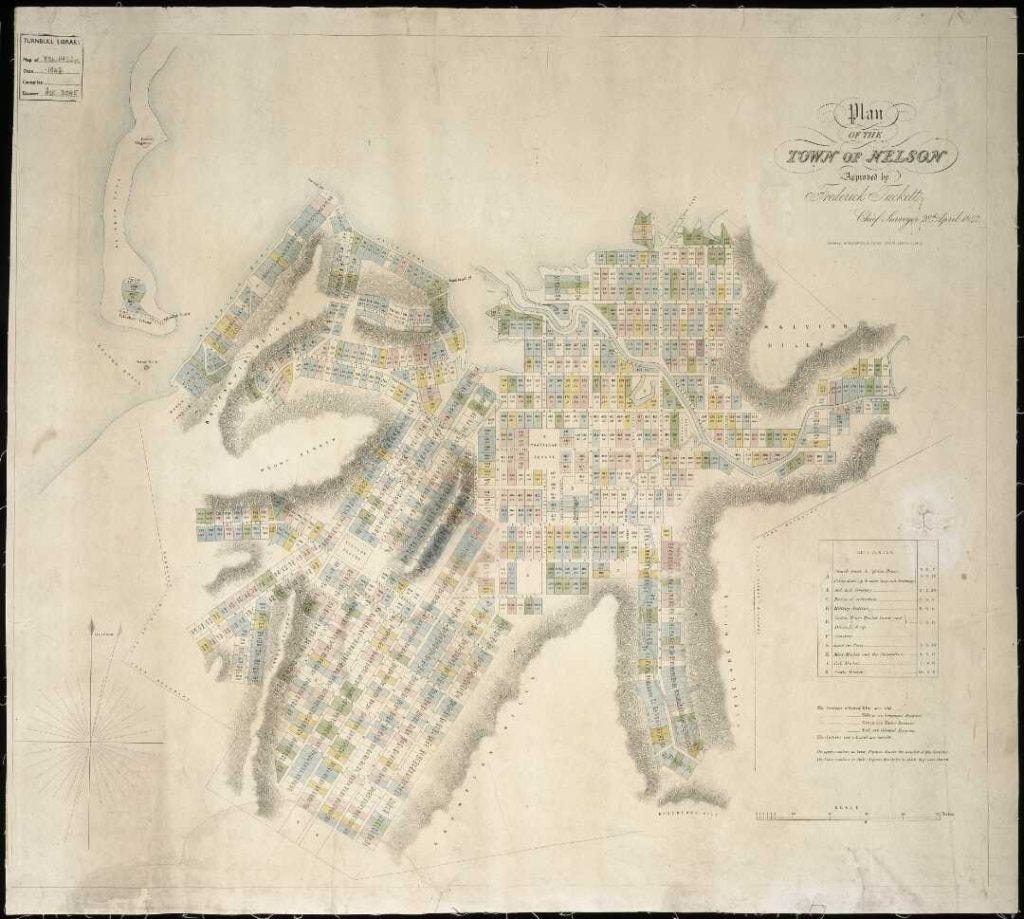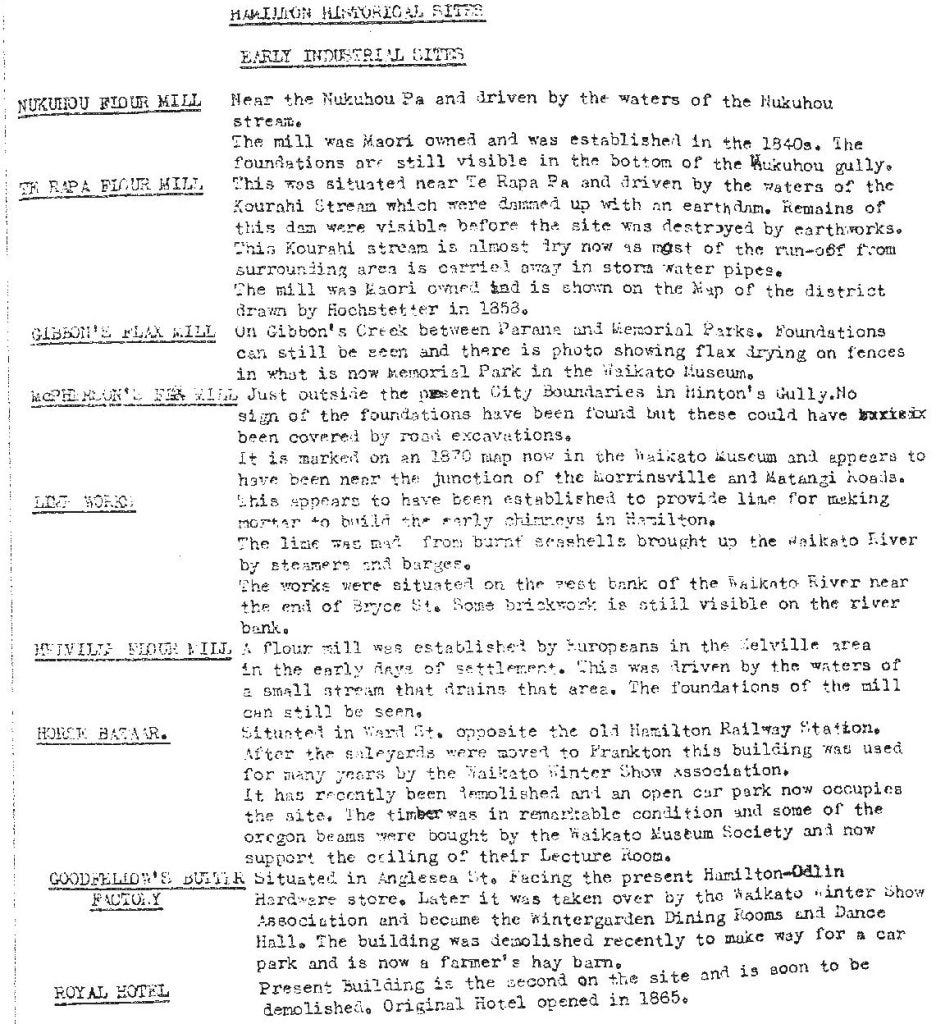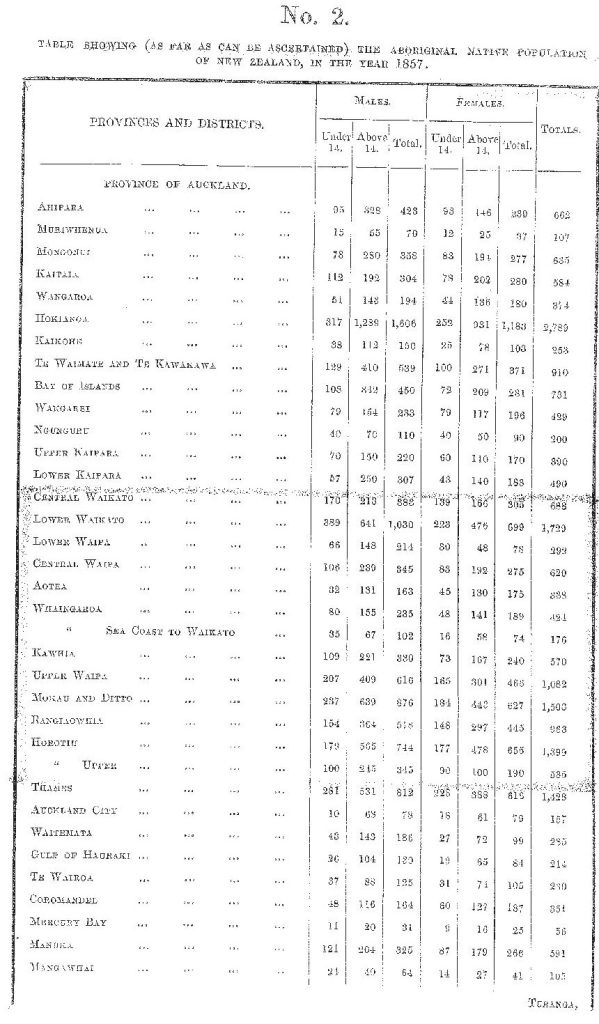Germany and the golden age of the Waikato 1840s to 1850s: my notes
These are my notes on the time leading up to modern planning. The purpose of this post is to provide references for future posts on the history of town planning.
From my notes on Germany from 1648 to 1806 - Every house was a miniature factory’ Simon Winder, Danubia, p142
‘The hometown artisan [craftsman] ordinarily sold his own products, on the same premises where he produced them’ Mack Walker, German Home Towns, 1648-1871. p77.
From my notes Germany 1800 to 1840s - A person’s reputation is bad “when the town council and community deputies agree that it is” (Mack Walker, ‘German Home Towns, 1648-1871’ p303).
Disclaimer: When I refer to Germany I mean the area now known as Germany; in the 1840s - 1850s the area was changing. When I mention ‘rule’ it will not be a rule for all Germans and German towns. I will start with the decade 1845 to 1855, which has been called the ‘golden age of the Waikato and Maniapoto tribes’.
These are my notes on Germany in the 1840s – 1850s from the book ‘German Home Towns, 1648-1871’ by Mack Walker. ‘In Westphalia and in the Rhineland ‘Guilds were legally abolished in favour of full occupational freedom ... Bavaria, guilds were not abolished ... in other places local guilds monopolies ... required consumers to patronize local guildsmen and had forbidden outsiders to enter the local market (p208) ... German town’s leaders had a love hate relationship with state bureaucracy, ideally the state would ‘keep the laws brief, vague, and general; with enough elbowroom the officials would do the rest’ (p294) ... The rootless poor were a political threat; that the right to vote was not a right to vote for one’s own interest but for the common interest (p342) ... A man has a right to live and better himself, and must do it somewhere (p348) ... Anyone legally born in a place, of parents legitimately at home there, had a claim on the minimum home right of poor support (p350)’.

These are my notes on Germany in the 1840s – 1850s from the book The Demigod’s City, A short history of Kassel by Ralph P. Guntzel – Five major classes coexisted at the time: [1] the nobility; [2] the bourgeoisie or upper middle class; [3] the middle class; [4] the petty bourgeoisie or lower middle class; and [5] the working class. Each of them had its own characteristics and aspirations ... [1] The nobles, most of whom gravitated around the elector’s court, wanted to preserve their historical privileges that granted them tax exemptions and input into political decision-making. [2] The bourgeoisie [or upper middle class] – that is merchants, bankers, and manufacturers who became increasingly wealthy over time – wanted a say in politics commensurate with their growing economic power. ... [3] The middle class, which consisted of civil servants and intellectuals – two groups that overlapped because many intellectuals worked in the public service – as well as lawyers, successful shop owners, traders, and successful craftsmen, did not wish to be left out of the political arena. Since the middle class included a large number of so called Bildungsburger – intellectually and artistically well-rounded citizens – it was not only politically aware but also knowledgeable about questions of political philosophy and political economy. [4] The petty bourgeoisie or lower middle class; and [5] the working class (p74) ... The constitution of January 1831 included a list of citizens’ rights such as freedom of religion and conscience and provided for an elected assembly. This assembly would represent not only the nobles and the bourgeois but also the middle class and peasantry. It gave the assembly the right to initiate laws and the right to approve or reject the budget. The assembly could not, however, select the members of the cabinet. This power remained with the elector [ruler] (p84).
These are my notes on Germany from the1840s – 1850s from the book Germany’s Urban Frontiers by Kristin Poling. In 1852 the ministers of war, finance, and the interior suggested that a three-foot [0.9m] breastwork [city wall] be preserved ... Where the wall was ceded to individuals for use as a house or garden wall it would remain at least seven or eight feet [2.1m or 2.4m] tall and without doors or windows. Friedrich Wilhelm III ... did not share his advisor’s confidence that the city wall had become obsolete for the purposes of controlling movement into and out of the city ... he granted his approval for a very partial removal of the wall ... to a height of between four and one-half and six feet [1.35m to 1.8m] (p96) ... The industry of the entire state of Oldenburg in 1850 consisted of only around forty small factories, among which the largest were six tobacco factories, six glove factories, one iron foundry, and one ship builder (p188).
In the book The Condition of the working class in England Friedrich Engels suggested, ‘manufacture centralizes property in the hands of the few ... Manufacture, on a small scale, created the middle-class; on a large scale, it created the working-class’ (p33) and industrialists were building ever-larger factories increasing focused on the pursuit of profit and profit alone (Intro). The outcome was ‘every great city has one or more slums, where the working-class is crowded together. True, poverty often dwells in hidden alleys close to the palaces of the rich; but, in general, a separate territory has been assigned to it ... removed from the sight of the happier classes’ (p45) and this ‘working-class forms here some 78 per cent of the whole population’ (p50). Manchester: ‘at its heart, a commercial district, half a mile long and about as broad, and consisting almost wholly of offices and warehouses. Nearly the whole district is abandoned by dwellers, and is lonely and deserted at night; only watchmen and policemen traverse the narrow lanes with their dark lanterns. This district is cut through by certain main thorough fares, upon which is lined with brilliant shops. In these streets the upper floors are occupied, here and there, and there is a good deal of upon them until late at night ... the upper bourgeoisie lived in remoter villas ... in free, wholesome country air, in fine, comfortable homes, passed once every half or quarter hour by omnibuses going into the city’ (p58). Working-men’s cottages [row / terrace house]: front [first row] is of cottages of the best class, so fortunate as to possess a back door and small court ... [those that] have their rear walls in common {back to back so that no through ventilation is possible p49} ... command less rent than the first row (p68). Beer: ‘One house in ten was a public house ... the beer act of 1830 ... licensed to sell beer to be drunk on the premises’ (p137). The free trade theory [policy of 1847] ‘was based upon one assumption: that England was to be the one great manufacturing centre of an agricultural world’ (p322).

Early settlements Nelson area - The first group of Germans arrived on the St Pauli in 1843. In 1844 a second German group almost exclusively from Mecklenburg arrived on the Skiold. Link
Edward G Wakefield ... in his younger days he had got into serious trouble for his misdeeds ... [but he] was the first to realise what good planning might do – there were to be no rogues – for only people of good character were to be allowed to go out to the new settlement. (The Story of New Zealand by A.H.Reed Page 182)






